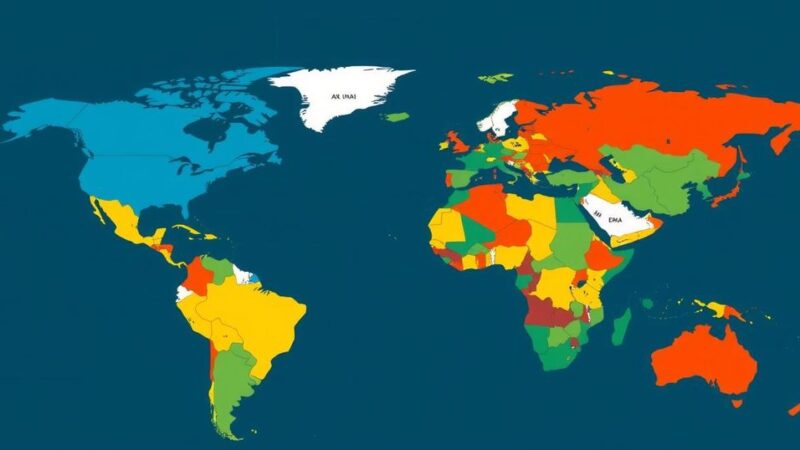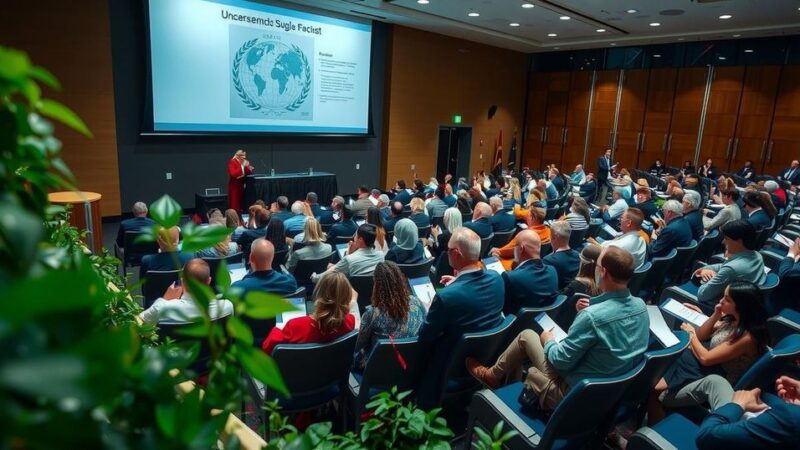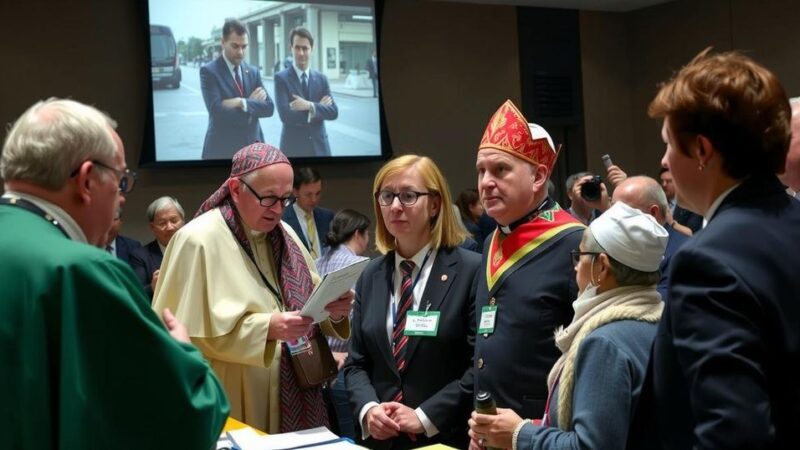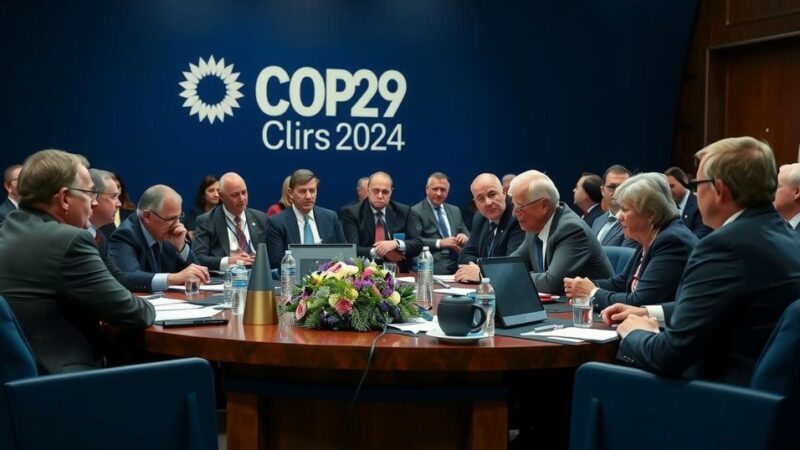In light of the assertion that climate change is entirely manmade, this discourse critiques the conflicting goals of climate policy, emphasizing the challenges posed by regulatory complexities, economic pressures, and the need for a unified approach. While recognizing the urgency of climate action, it advocates for reasonable, pragmatic solutions that bridge diverse stakeholder interests, aiming for a collaborative response rather than divisive rhetoric.
The discourse around climate change often becomes entangled in conflicting goals and perspectives, particularly when the notion of anthropogenic climate change takes center stage. Given the premise that all climate change is manmade, one must consider the various conflicting objectives that exist within climate policy. These include aspirations to improve environmental conditions while simultaneously boosting domestic production, appeasing labor unions, and accommodating environmental advocates who oppose mining initiatives within the U.S. These competing objectives often result in regulatory frameworks so complex that effective action becomes nearly impossible. One of the key challenges is the inadequacy of current discourse surrounding the sourcing of critical minerals necessary for technologies such as electric vehicles (EVs). The role of mining, whether domestically or internationally, often gets overlooked in terms of its carbon footprint. Additionally, the costs associated with upgrading the electrical grid, meeting consumer demands for more affordable vehicles, and navigating job losses in traditional sectors are rarely fully addressed. Furthermore, global cooperation remains tenuous, demonstrated by China’s commitment to electric vehicles while it continues to build coal plants, and the European Union’s current retreat from ambitious climate targets in the face of real economic pressures. It is essential to acknowledge the impossibility of realizing a unified climate strategy while facing such diverse incentives and disincentives across geopolitical boundaries. A considered approach could include eliminating contradictory regulations that stifle progress, encouraging hybrid vehicles as a transitional strategy, and investing in nuclear energy—an option that is often sidelined in political discussions. To navigate these challenges effectively, policymakers must align various stakeholders’ interests, from consumers to industries, and account for the social implications of environmental initiatives.
In recent discussions about climate change, particularly in the context of manmade influences on environmental shifts, significant attention has focused on conflicting climate goals and regulations. Many scientists, including those from prestigious institutions like MIT and Harvard, have contributed to the understanding that global warming is indeed a driving factor of increased carbon dioxide levels, rather than simply the outcome of CO2 emissions. As such, debates have emerged about the effectiveness of current climate strategies and the feasibility of achieving global climate targets amidst complex political, economic, and social challenges.
Addressing climate change requires a collaborative and strategic approach that dismantles conflicting goals and establishes unified action plans. While assuming the premise of entirely manmade climate change, it becomes imperative to streamline regulations, foster technological advancements, and encourage international cooperation. An effective climate strategy must prioritize realism and pragmatism to achieve meaningful action that resonates with diverse stakeholders. Only through cohesive efforts can we hope to mitigate the looming existential threats posed by climate change while acknowledging the pressing socio-economic concerns faced by individuals and communities across the globe.
Original Source: mishtalk.com






